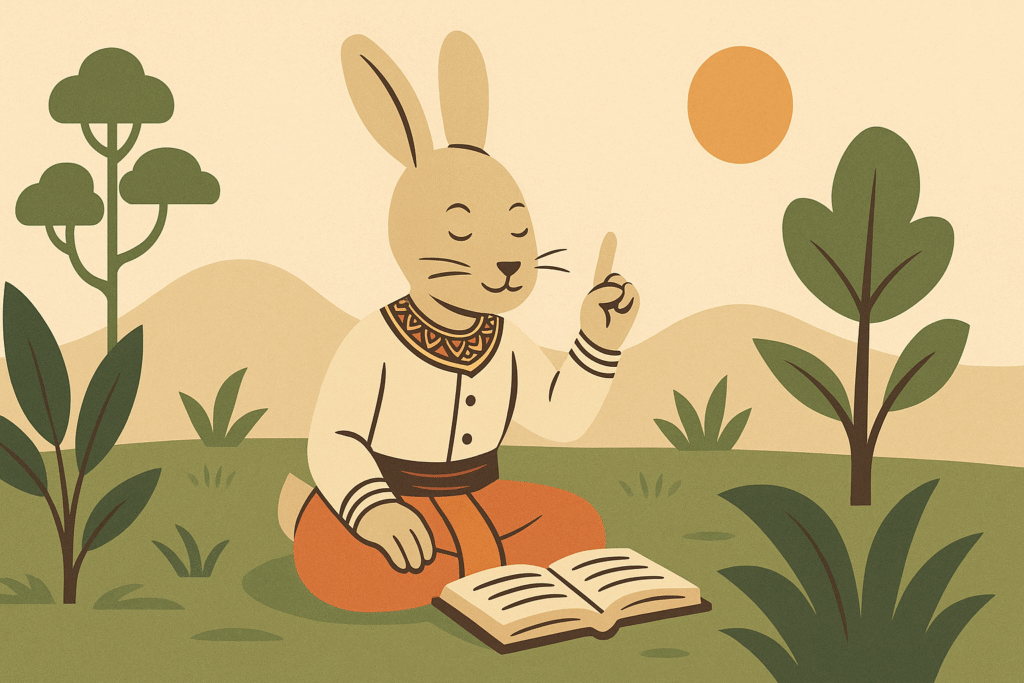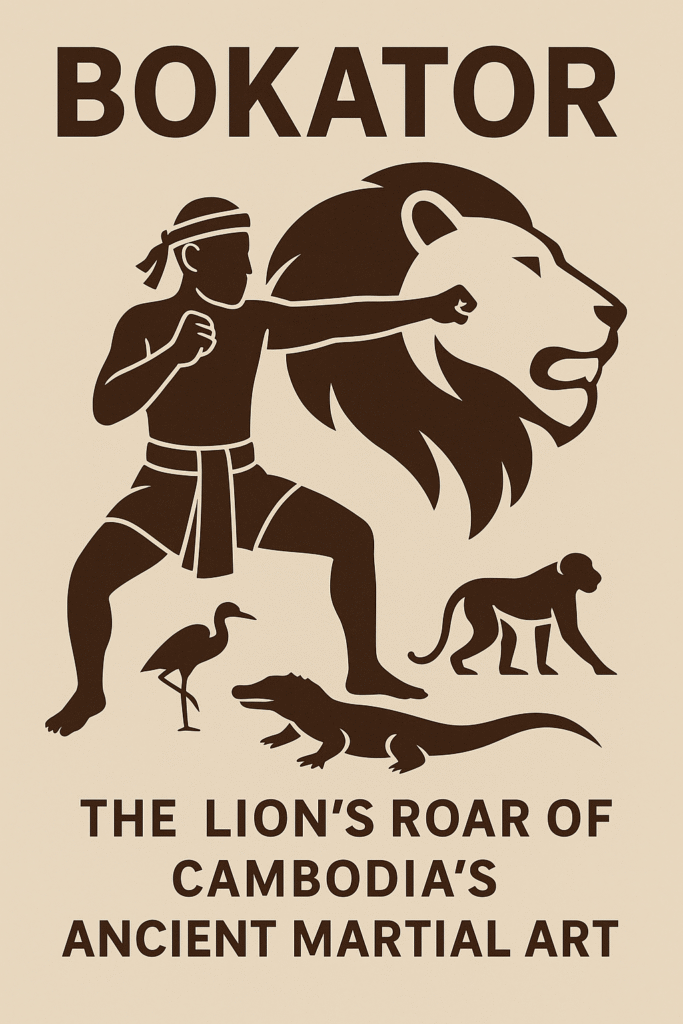April 5, 2025
Cambodia’s Storytelling Soul: Preserving Folklore in the Modern Age
From the epic creation myth of the Naga princess Neang Neak and the heroic Reamker, to chilling ghost stories (khmaoch), tales of nature spirits like Me Pos, and the clever exploits of Judge Rabbit, Cambodian folklore forms a rich, intricate tapestry that colours the nation’s cultural identity. For centuries, these stories were primarily passed down through the intimacy of oral tradition. However, in the rapidly changing landscape of 21st-century Cambodia (as of April 2025), the ways these ancient narratives are preserved, transmitted, and remain relevant are undergoing significant transformation, presenting both challenges and exciting new opportunities. The Fading Fireside: Decline











